15 Pop Stars Who Defined Their Era
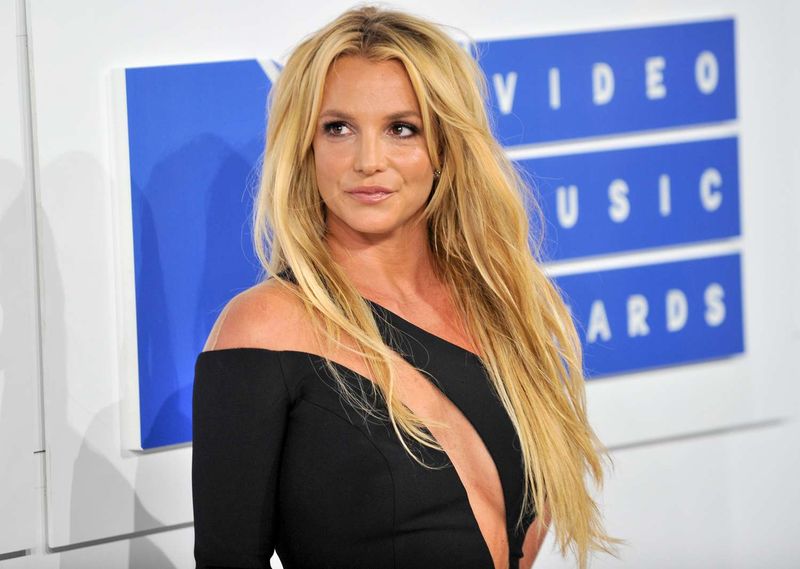
Music has the power to shape entire generations, with certain artists becoming the soundtrack to our lives. Throughout history, a handful of pop stars have risen above the rest, not just topping charts but completely transforming the cultural landscape around them. These musical icons didn’t just create songs—they sparked movements, redefined fashion, and changed how we think about entertainment forever.
1. Elvis Presley
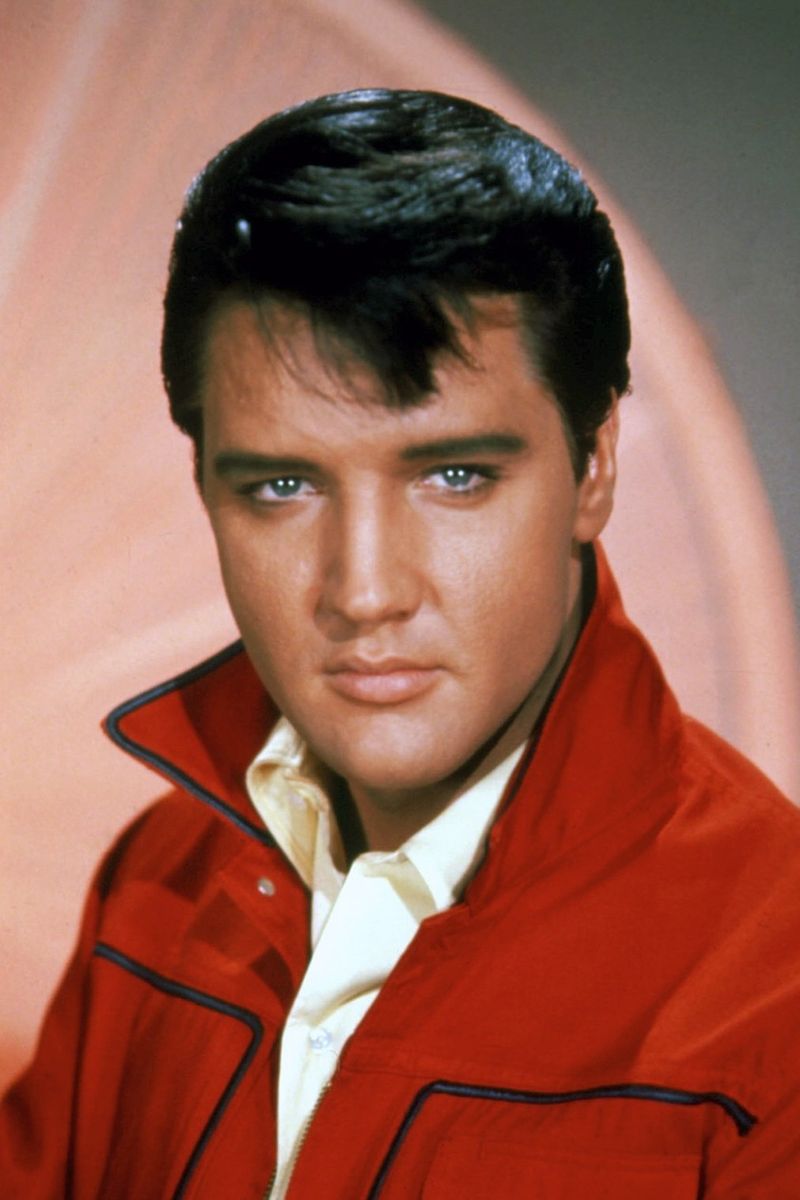
The hip-swiveling sensation who made parents nervous and teenagers swoon completely rewrote the rules of entertainment in the 1950s. His electrifying blend of country, gospel, and R&B created something entirely new that captivated America.
With his rebellious sneer and slicked-back pompadour, Elvis didn’t just perform songs—he unleashed a cultural revolution that shattered racial and social barriers. His appearances on television caused nationwide hysteria, particularly his controversial performance on The Ed Sullivan Show.
Before Elvis, popular music lived in neat categories. After him, those walls came tumbling down. His influence extended beyond music to fashion, sexuality, and celebrity culture, establishing the template for every rock star who followed.
2. The Beatles
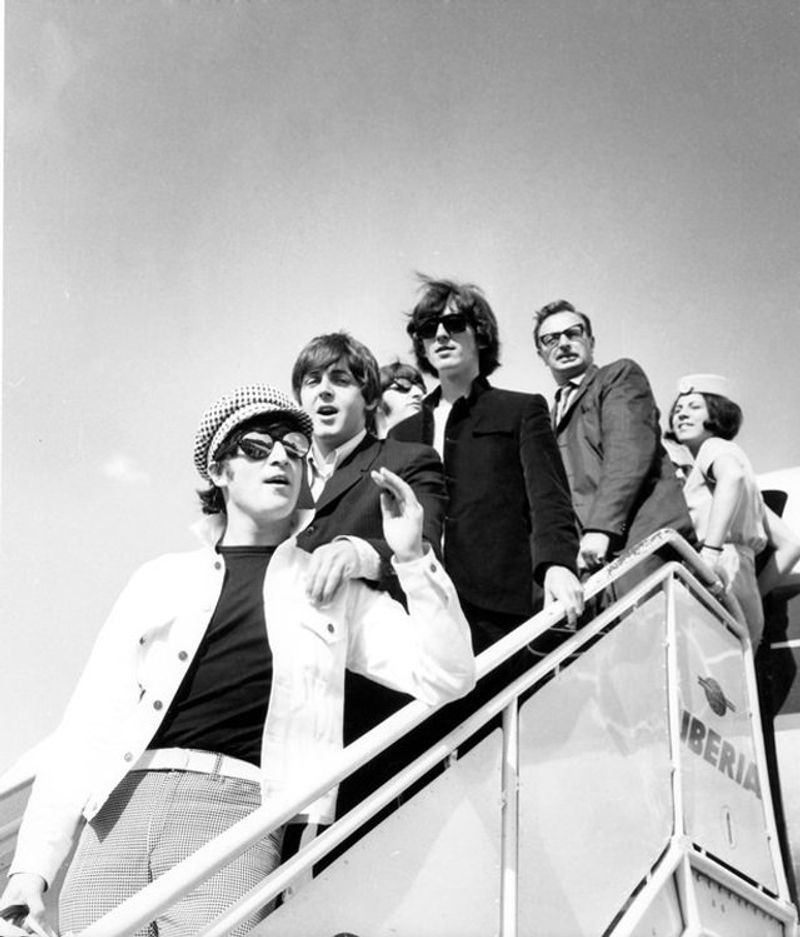
Four lads from Liverpool transformed from leather-jacketed rockers to experimental musical pioneers who permanently altered pop music’s DNA. Their artistic evolution happened at warp speed, taking listeners from the simple pleasures of “Love Me Do” to the psychedelic complexities of “Strawberry Fields Forever” in just a few years.
Beatlemania wasn’t just about music—it was a social phenomenon that reflected the changing values of the 1960s. Young people didn’t just enjoy their songs; they embraced the band’s evolving attitudes toward fashion, politics, and spirituality.
The group’s studio innovations with producer George Martin revolutionized recording techniques. Their album “Sgt. Pepper’s Lonely Hearts Club Band” elevated pop music to an art form, proving that commercial appeal and artistic ambition could brilliantly coexist.
3. Diana Ross & The Supremes
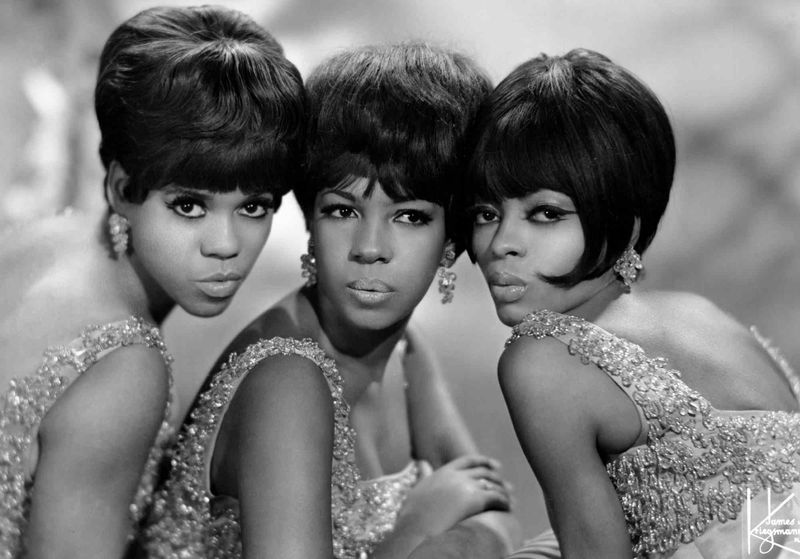
Glittering gowns, synchronized movements, and soaring vocals—Diana Ross and The Supremes brought undeniable glamour to pop music while breaking racial barriers. As Motown’s most successful act, they created a sophisticated template for girl groups that continues to influence artists today.
Their string of twelve number-one singles between 1964 and 1969 represented more than just chart success. Each perfectly crafted song showcased the genius of Motown’s production system while presenting Black artists with a polished image that helped bridge America’s racial divide during the Civil Rights era.
Diana Ross emerged as the quintessential diva, combining vocal talent with star quality that transcended music. The group’s legacy lives on in their timeless hits like “Baby Love” and “Stop! In the Name of Love”—songs that remain embedded in our cultural consciousness.
4. David Bowie
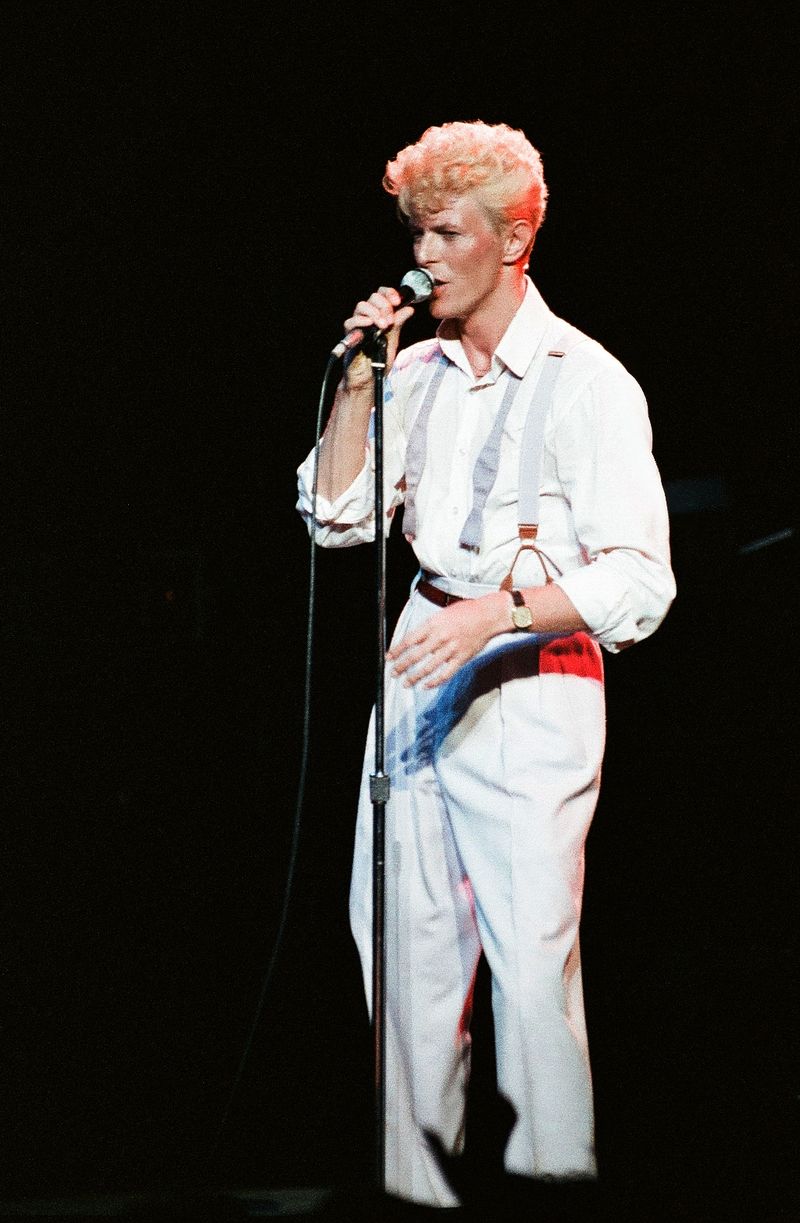
The musical chameleon who refused to be pinned down, Bowie’s constant reinvention became his signature in a career spanning five decades. From Ziggy Stardust’s alien glam to the sophisticated soul of the Thin White Duke, each persona arrived fully formed with its own sound, look, and attitude.
His androgynous appearance challenged traditional notions of gender and sexuality long before such conversations entered the mainstream. Young fans found liberation in his message that being different wasn’t just acceptable—it could be extraordinary.
Beyond his theatrical presentation, Bowie possessed remarkable musical instincts. He absorbed diverse influences from krautrock to soul, anticipating trends before they happened. His collaborations with producers like Tony Visconti and Brian Eno resulted in albums that were both commercially successful and artistically groundbreaking.
5. Michael Jackson
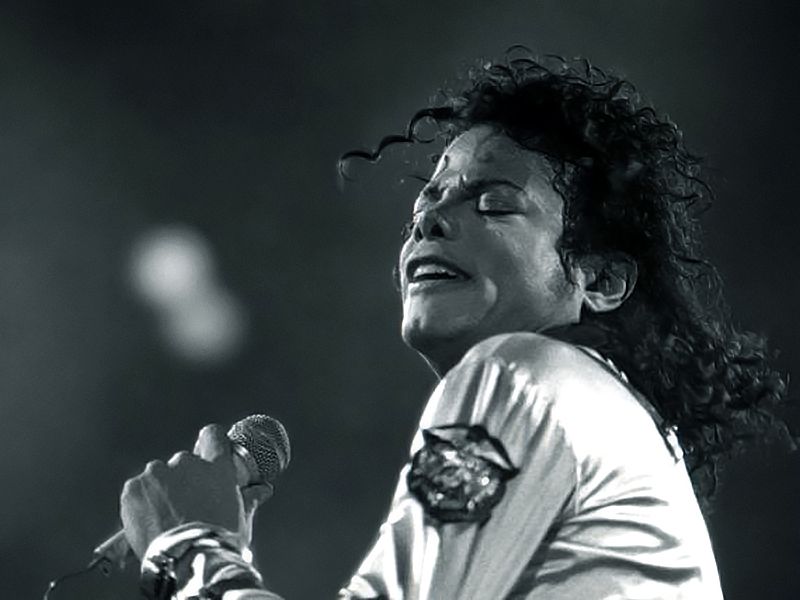
From child prodigy to global phenomenon, Michael Jackson’s journey to becoming the King of Pop featured unmatched commercial success. His album “Thriller” remains the best-selling of all time, with innovative videos that transformed MTV and music marketing forever.
Jackson’s dancing defied physics—the moonwalk, the robot, and countless moves that seemed impossible until he executed them with effortless grace. His live performances combined Broadway-level production with athletic choreography that set new standards for concert spectacles.
Despite personal controversies, his musical legacy endures through timeless hits that blend pop, R&B, rock, and disco. Jackson’s meticulous attention to every aspect of his art—from songwriting to production to visual presentation—created a blueprint for total pop stardom that artists still study and emulate decades later.
6. Madonna

The Material Girl arrived in New York with $35 in her pocket and conquered the world through sheer determination and calculated provocations. Her fearless approach to sexuality, religion, and feminism shocked conservatives while empowering a generation of fans to express themselves without apology.
Madonna’s genius lay in her ability to reinvent herself with perfect timing. From the boy-toy look of her early years to the cone bras of the Blonde Ambition tour to her Ray of Light spiritual awakening, each transformation arrived precisely when audiences were ready for something new.
Her business acumen proved as formidable as her talent. Madonna maintained creative control of her career when few women could, building an empire that extended beyond music to fashion, film, and publishing. Four decades later, every female pop star still operates in a landscape she defined.
7. Prince
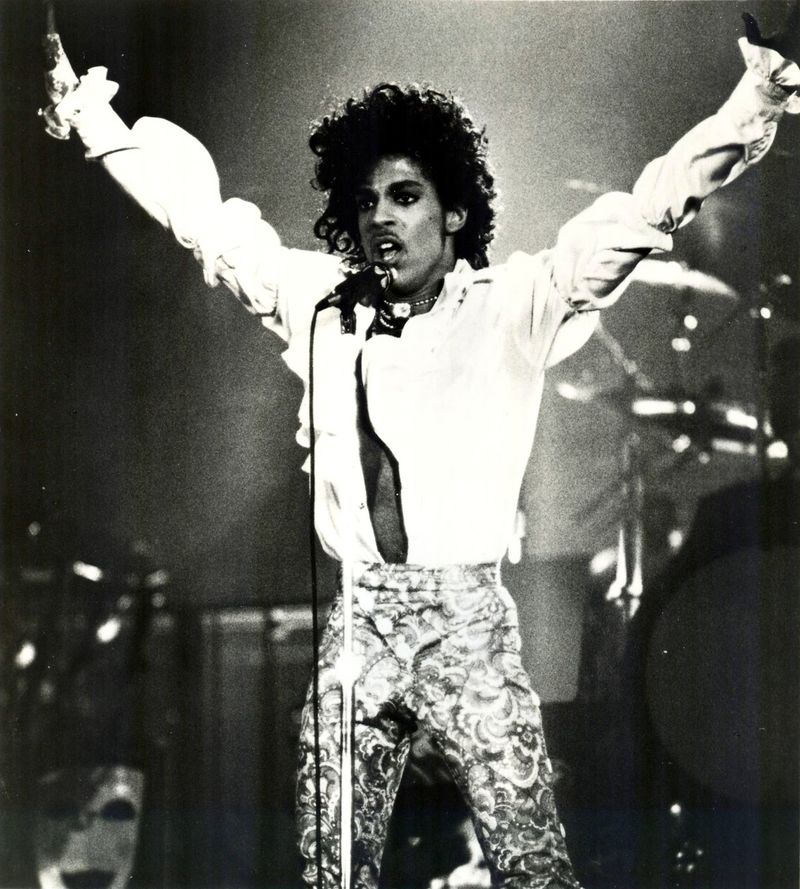
The musical virtuoso from Minneapolis created a universe entirely his own, where sexual freedom, spiritual yearning, and instrumental mastery coexisted in perfect harmony. His ability to play nearly every instrument on his recordings showcased a musical genius that transcended conventional categories.
Prince’s fashion sense proved as distinctive as his sound—ruffled shirts, high-heeled boots, and purple everything became his visual signature. His androgynous presentation challenged gender norms while his explicit lyrics pushed boundaries about what could be discussed in popular music.
The symbol he adopted as his name during his battle with Warner Bros. represented his determination to control his artistic output. This fierce independence made him a pioneer in artist rights. His legendary vault of unreleased material—thousands of songs—speaks to a creative force that couldn’t be contained by commercial constraints or industry expectations.
8. Mariah Carey
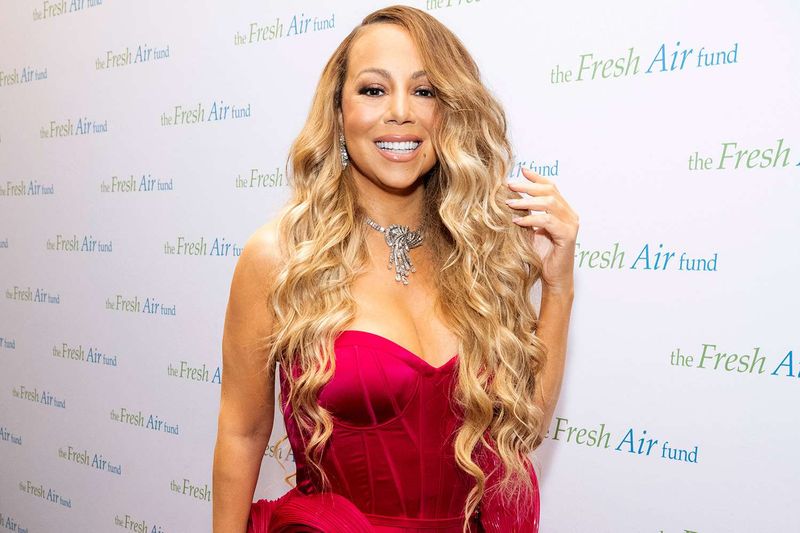
The vocal phenomenon with the five-octave range emerged in 1990 with a technical ability that left even seasoned musicians in awe. Her signature whistle register notes became instantly recognizable, setting her apart in a crowded field of talented singers.
Mariah’s songwriting talents often get overshadowed by her vocal pyrotechnics. She co-wrote most of her hits, including “Vision of Love” and “Hero,” crafting melodies that showcased her range while connecting emotionally with listeners. Her Christmas standard “All I Want for Christmas Is You” has become a modern holiday classic that returns to charts annually.
Her transition from ballads to incorporating hip-hop elements in songs like “Fantasy” and “Heartbreaker” helped bridge the gap between R&B and rap at a crucial moment in popular music. This formula of combining melodic pop with urban production became the template for countless artists who followed.
9. Britney Spears
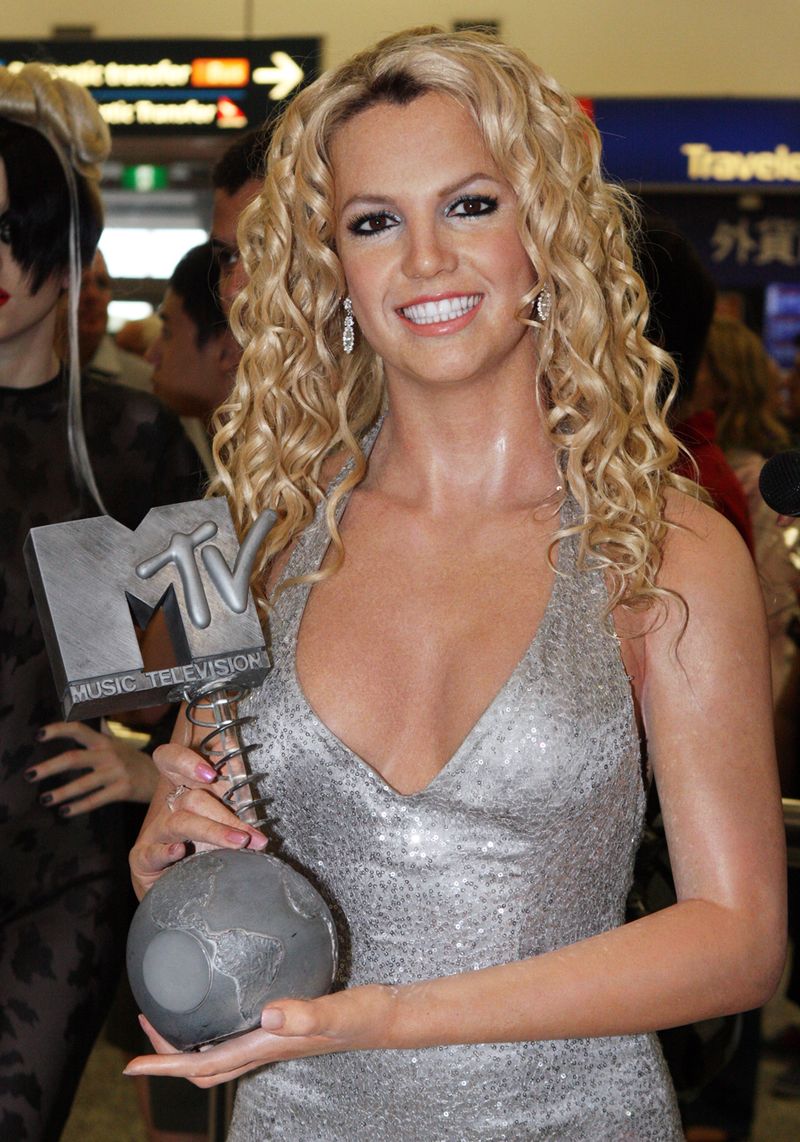
The schoolgirl outfit. The snake around her shoulders. The red jumpsuit. Britney’s iconic visuals became embedded in pop culture as she transformed from Mickey Mouse Club member to the undisputed Princess of Pop seemingly overnight.
Her debut single “…Baby One More Time” exploded onto MTV in 1998, launching teen pop into the mainstream and sparking a wave of similar artists. Britney’s combination of girl-next-door appeal and increasingly mature performances created a template for the transition from teen star to adult artist that many have attempted to follow.
The media’s obsession with her personal struggles revealed the dark side of fame in the pre-social media era. Despite these challenges, her influence remains undeniable through her dance-focused performances, distinctive vocal style, and pioneering role in Las Vegas residencies that changed how pop stars approach touring.
10. Backstreet Boys
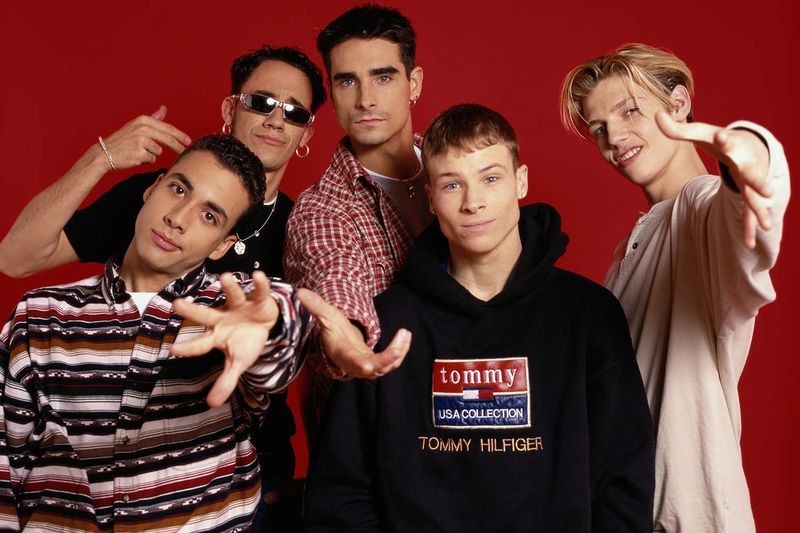
Five vocalists assembled by impresario Lou Pearlman became the defining boy band of their generation, selling over 100 million records worldwide. Their perfect harmony, synchronized dance moves, and distinct personalities created the ultimate formula for teen idol success.
Unlike previous boy bands, BSB maintained creative control by fighting for their musical direction. They balanced uptempo dance tracks like “Everybody (Backstreet’s Back)” with emotional ballads such as “I Want It That Way,” demonstrating versatility that appealed to multiple demographics.
Their staying power proved exceptional in a notoriously fickle industry. While many similar groups disbanded after their initial popularity faded, the Backstreet Boys continued touring and recording decades later. Their influence extends beyond music to merchandise, fan culture, and the very concept of the modern fandom experience.
11. Beyoncé
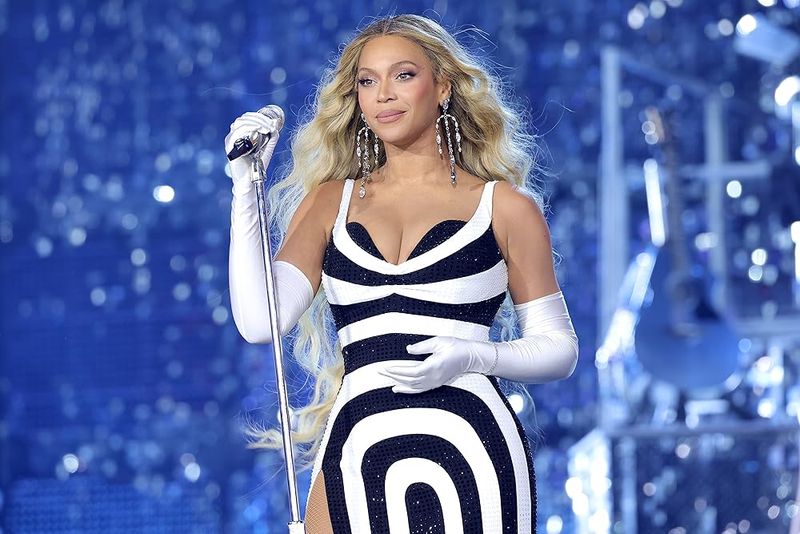
From Destiny’s Child frontwoman to solo superstar, Beyoncé’s evolution represents the pinnacle of modern entertainment. Her perfectionism is legendary—rehearsing for months before performances, controlling every aspect of her image, and releasing surprise visual albums that reshape how music is presented.
The 2016 release of “Lemonade” elevated her artistry to new heights, combining personal narrative with social commentary on race, feminism, and American history. This project transformed her from entertainer to cultural icon whose every creative choice generates academic analysis and heated discussion.
Her 2018 Coachella performance, nicknamed “Beychella,” reimagined the festival experience through the lens of HBCU culture and Black feminism. Beyoncé doesn’t just create music—she crafts cultural moments that demand attention and interpretation, setting standards that few artists can approach in ambition or execution.
12. Rihanna
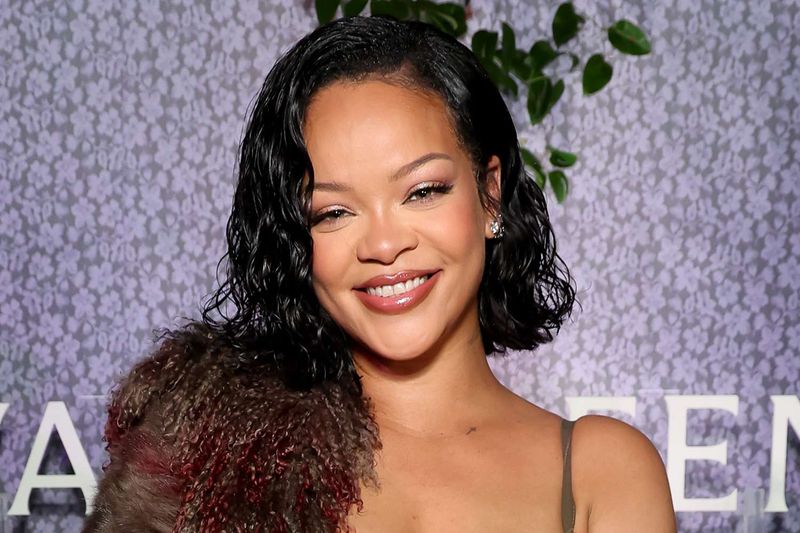
The Barbadian powerhouse arrived with “Pon de Replay” but quickly proved she was no one-hit wonder. Her willingness to experiment with her sound—from Caribbean-influenced pop to EDM to hip-hop to ballads—demonstrated remarkable versatility while maintaining her distinctive vocal identity.
Rihanna’s fashion evolution paralleled her musical growth, establishing her as a style icon whose bold choices influenced global trends. This fashion sensibility eventually led to her groundbreaking Fenty Beauty line, which revolutionized the cosmetics industry with its inclusive approach to shade ranges.
Her business empire now encompasses music, fashion, beauty, and lingerie, making her a self-made billionaire. Beyond commercial success, Rihanna’s unapologetic approach to her public image—refusing to be defined by past trauma or industry expectations—created a new model of celebrity authenticity that values personal agency over manufactured narratives.
13. Lady Gaga
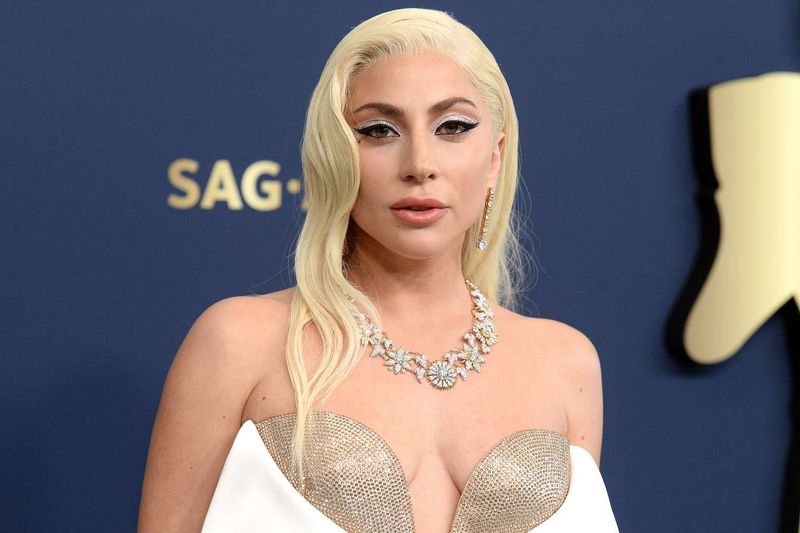
Emerging from New York’s club scene, Lady Gaga exploded into the mainstream with a theatrical approach to pop that blended fashion, performance art, and dance music. Her meat dress, egg vessel entrance, and other outrageous outfits weren’t mere stunts but expressions of her artistic vision.
Behind the visual spectacle stood serious musical talent. Classically trained at NYU’s Tisch School, Gaga brought sophisticated songcraft to dance-pop, creating hooks that lodged in listeners’ minds while exploring themes of fame, identity, and self-acceptance.
Her connection with her fans, whom she dubbed “Little Monsters,” created one of music’s most devoted communities. Gaga’s advocacy for LGBTQ+ rights and mental health awareness transformed her from entertainer to meaningful cultural voice. Her later career pivot to jazz standards and acclaimed film roles in “A Star Is Born” and “House of Gucci” revealed the versatile artist behind the initial shock value.
14. Taylor Swift
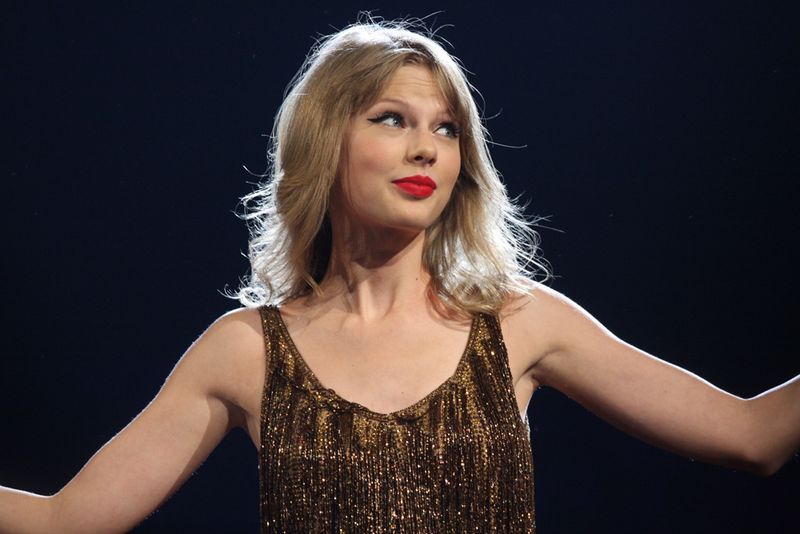
The country prodigy who became pop’s most astute businesswoman has maintained remarkable relevance through continuous reinvention. Her songwriting evolved from teenage diary entries to sophisticated narratives that combine personal confession with universal emotions.
Swift’s battle for her master recordings highlighted music industry power dynamics and inspired artists to fight for ownership of their work. Her re-recording project turned potential defeat into triumph, with “Taylor’s Versions” often outperforming the originals while introducing her early catalog to a new generation.
Her Eras Tour became the highest-grossing concert tour in history, demonstrating her unparalleled connection with fans. Swift’s career represents a masterclass in artistic evolution and fan engagement. From country ingénue to pop titan to indie-folk storyteller, each transformation has felt authentic rather than calculated, expanding her audience without alienating her core supporters.
15. Adele
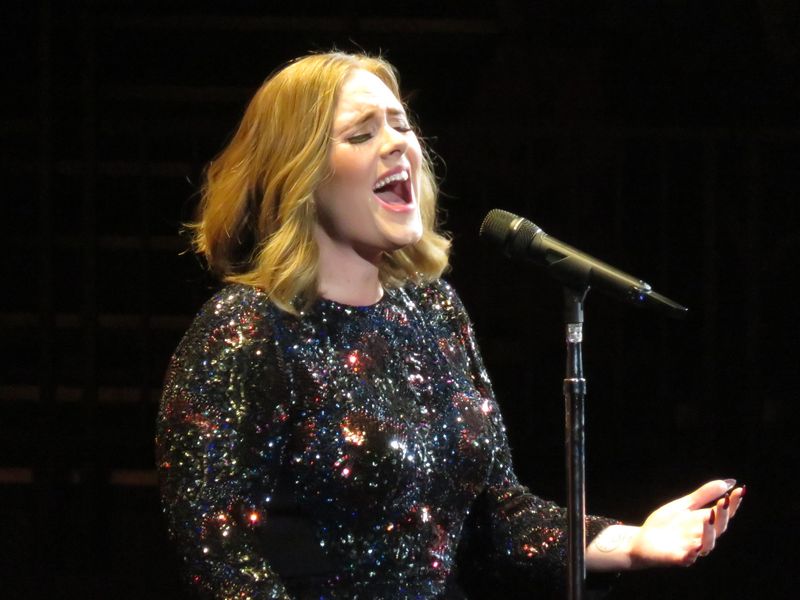
The soulful British sensation arrived with a voice that sounded like it had lived several lifetimes of heartbreak. In an era dominated by dance-pop and auto-tune, Adele’s raw vocal talent and emotional authenticity provided a striking contrast that resonated with millions seeking genuine connection.
Her sophomore album “21” became a global phenomenon, with “Someone Like You” and “Rolling in the Deep” serving as cathartic anthems for the brokenhearted. The album’s massive success—staying on charts for years rather than months—demonstrated the enduring appeal of well-crafted songs that prioritize emotional truth over production trends.
Despite her enormous fame, Adele has maintained a relatively private life, emerging primarily to release new music rather than cultivating constant visibility. This approach has created a sense of event around her albums, with each release becoming a cultural moment that unites listeners across demographic boundaries.

Comments
Loading…